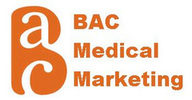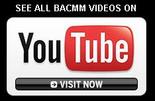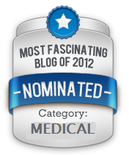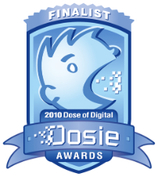What we have in American healthcare is a gravy train filled to the brim with tax dollars and premium payments generated from a series of skewed and irrational government tax codes and other assorted lobbyesque generated regulations that guarantee the only possible way to obtain healthcare in this country is through a system devoid of personal responsibility.
If only the people had the individual power to generate market forces in premium pricing through choice and responsibility. What a wonderful world this would be. I disagree quite frankly with one assertion made in the blog post above. Competition would reduce cost to the consumer and generate profit for the corporation. Both are healthy to the consumer because profit gives incentive to remain a viable and vibrant corporation.
What we have in private insurance is not capitalism. It is a series of state instituted monopolistic entities that have generated mafia like status in their ability to control prices to their advantage. Until capitalism is allowed to return to the insurance market, what we have is nothing more state sponsored economic terrorism.
Open up the market people. Make the insurance companies accountable to 300 million individual Americans and one million physicians, not a few thousand corporations who decide what plan is best for their employees based on the director of human resource's experience with her sister's, husband's mother in-law.
If you want insurance to work it must be accountable to the driving forces of capitalism on a grand scale. And that means giving Americans what they need at an affordable price or going away entirely. The problem with private insurance is not that they are profit driven entities. It's the lack of competition generated by government interference in the free market that prevents the profit from being obtained efficiently.
What the government won't tell you is that they fear private insurance success more than they do failure. For success makes those in government irrelevant. And irrelevance takes the money out of the power.

 RSS Feed
RSS Feed































